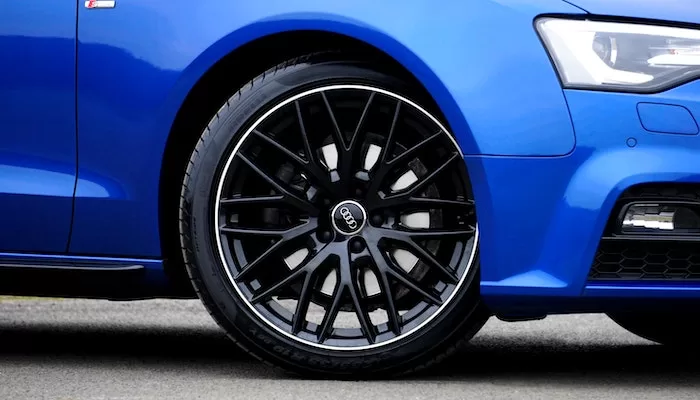Auto
Factors to Keep In Mind Before Purchasing a Tire

Tires are among the most critical components of your vehicle as they’re the only link between the car and the surface condition.
As a result, you must select a suitable pair of tires for your automobile since they improve the speed, stopping, and handling characteristics of your car. Cheap condition tires, on the other side, might provide an uncomfortable and rough ride. Below are some considerations to make when purchasing a pair of tires for your vehicle:
- Width of a tire
The very first three numerals on your tire’s label indicate the diameter of your tire. The P197/40/R15/V tire, for instance, is 197 mm wide. Tire width affects grip—a broader tire has greater contact with the ground and performs better on slick pavement.
A thinner tire provides less traction, yet the narrower contact surface generates less sound when driving. It’s down to you whether you want all-weather efficiency or ride comfort.
- Even with new wheels, age is a factor.
Car tires are constructed of rubber, which deteriorates with time, especially in hot temperatures. When looking for wheels and tires, it is crucial to assess the creation date and observe a letter pattern starting with DOT, which indicates the week & year that was created.
- The tread pattern
It is critical that the tire tread pattern properly conducts moisture away from the tire’s area of contact with the road. The amount of air trapped and released out from between treads channel also influences the amount of road sound emitted. There are 3 kinds of tread: conventional, unidirectional, & asymmetric.
Conventional Tread: This has been the most popular tread design. It can operate in both ways and be installed on the tire in either way since it lacks unidirectional or asymmetrical patterns. These tires are quite beneficial for directing surplus water when traveling through a flooded region. In doing so, this also reduces tire sound.
Unidirectional Tread: Those uni-directional tread designs perform best if spun in a specific direction. The side panels of such car tires have an arrow mark indicating which path the barrel should be rotated.
Asymmetric Tread: These tread designs often feature an outer and an interior sidewall. The exterior one faces the road, while the interior one faces the automobile.
When should you buy it?
How then do you tell when it’s better to upgrade your wheels? One simple visual assessment can sometimes reveal whether your tire has reached the end of its usable life. You could also watch for warning signals like uneven tire wear.
There are a few standard criteria for the level of your tire treads that can serve as a reference for assessing whether you need tires.
An easy test is to insert a dime into your tire tread (face up). It’s time for some new tires if you really can view tires the whole head. If just one of your tires is faulty, it is recommended to replace both. Dealers often recommend mounting them on the rear axle for improved handling.
Know Where to Shop
When it involves buying new tires, drivers have several alternatives. Returning to the manufacturer has always been the most costly alternative. Original-equipment tires will be used to substitute worn tires.
This method may cost significantly as much as walking to the nearby business. That local tire shop, whether a large chain or a parent operation, is most likely the ideal spot for the ordinary customer to look for new tires. Prices could be low, and the service can assist customers in selecting the proper tire for their car. Search for the right shop, don’t just stop at the first one you find. This will give you a better idea of the prices.





















































